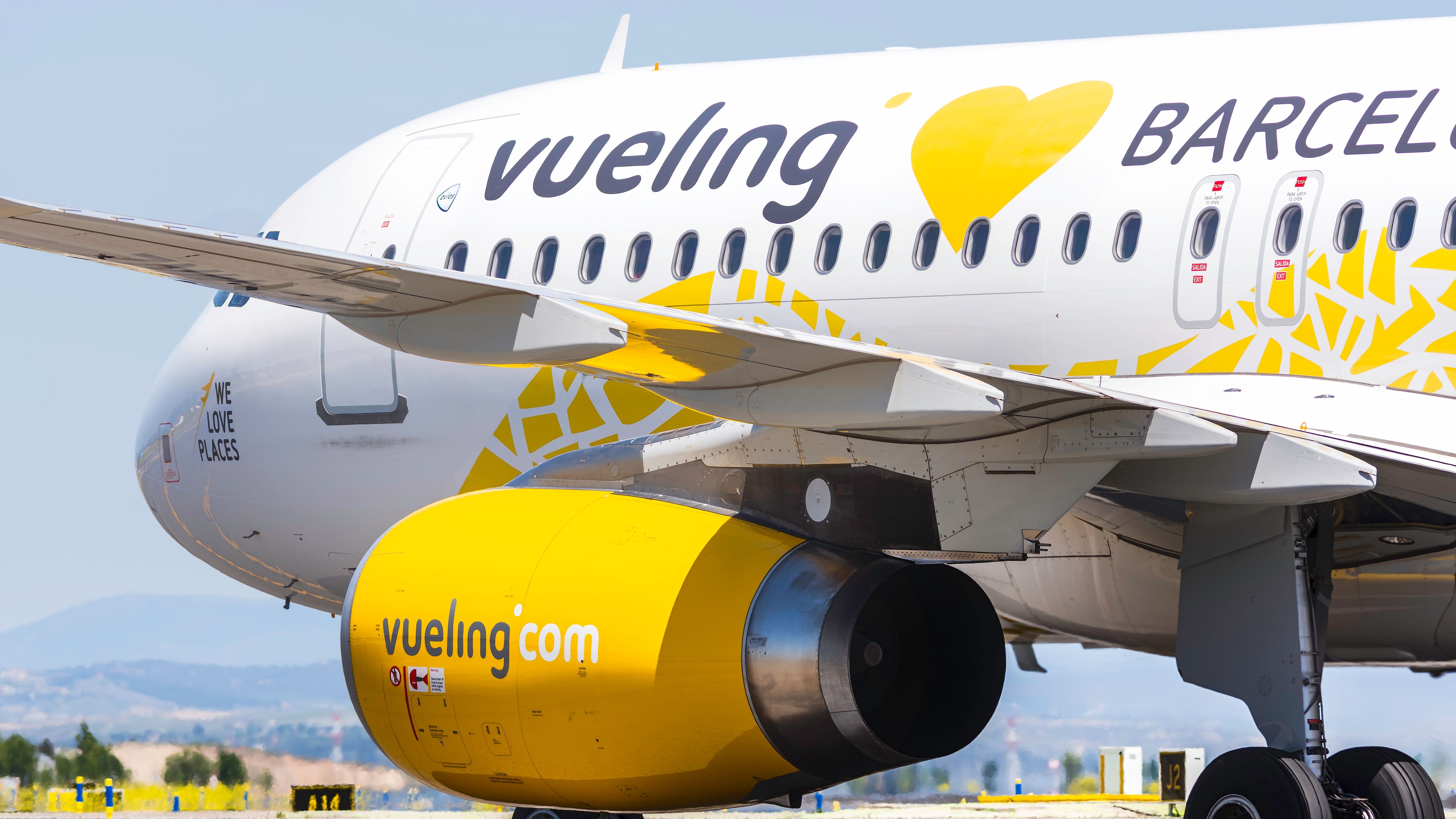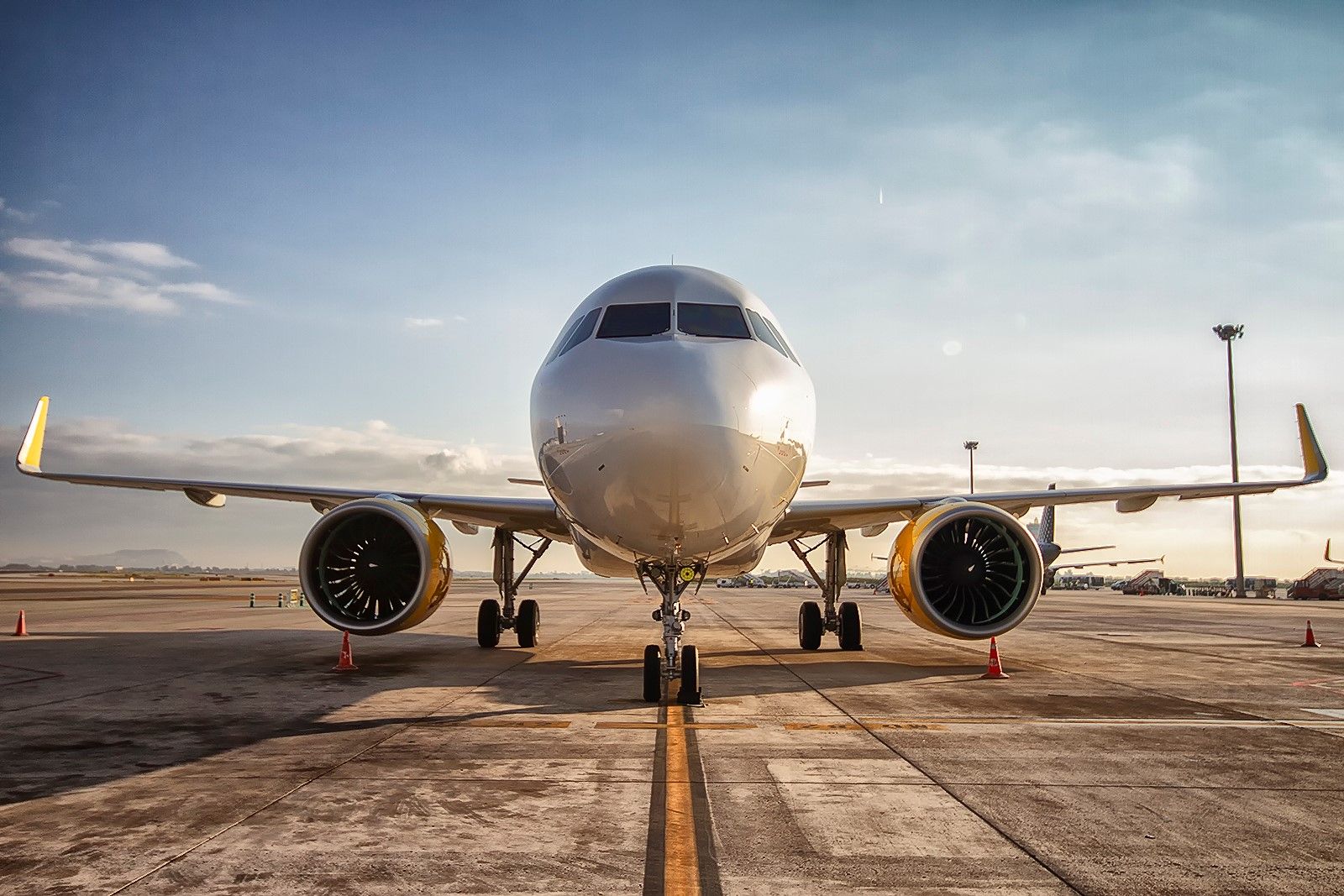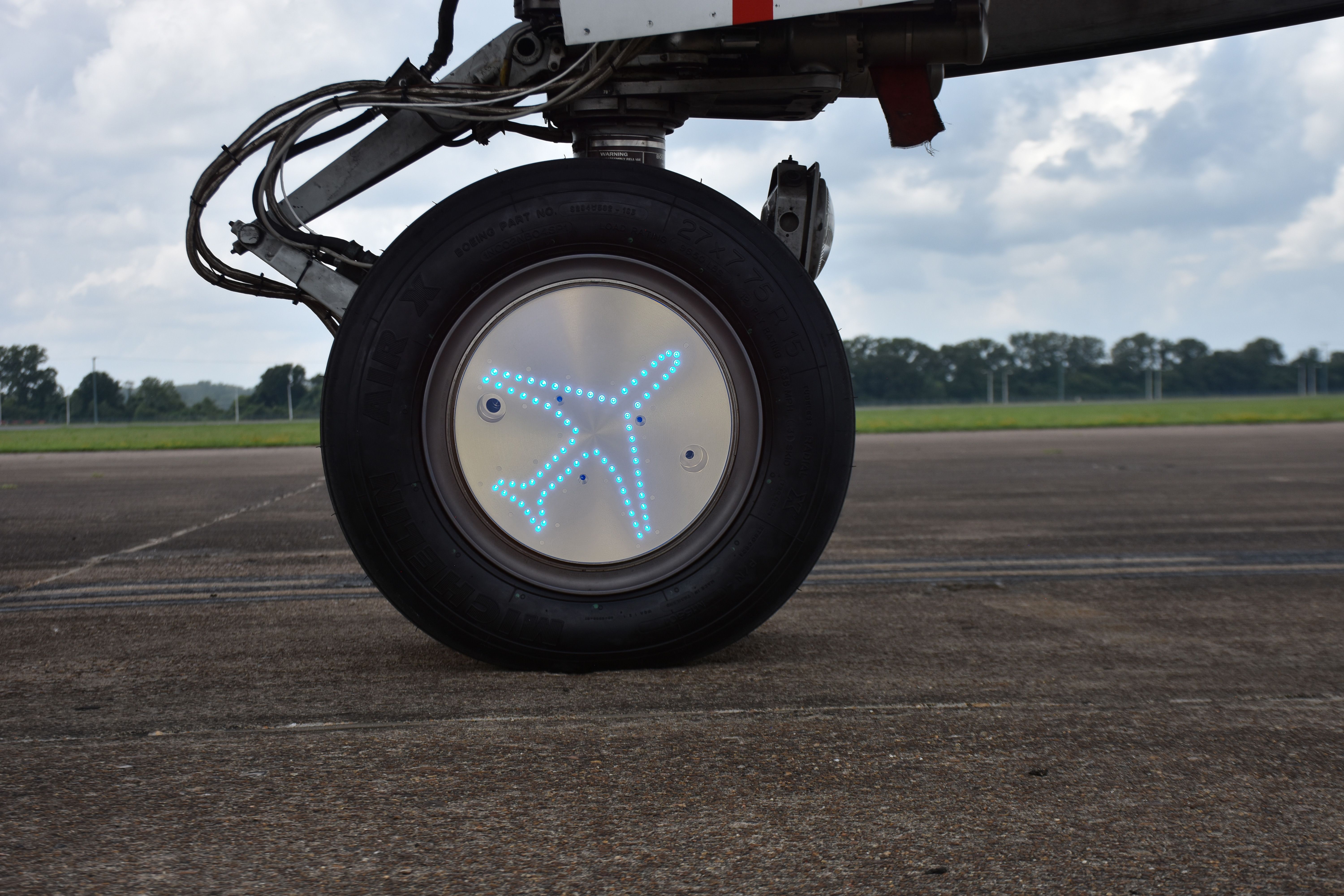Low-cost airline Vueling has partnered with WheelTug to introduce an innovative system that allows aircraft to move on the ground without using engines, reducing CO2 emissions and noise.
Spain and IAG's Vueling becomes Europe's first low-cost airline to formalize this partnership with WheelTug. The innovative in-wheel system allows aircraft to taxi with the propulsion of an electric motor, avoiding starting the engines and using traditional push-back tractors.
The installation of these devices will help reduce fuel consumption and noise emissions, in line with the company's sustainability strategy. Vueling Chief Operating Officer Oliver Iffert says;
"Vueling's commitment to sustainability is resounding and, as part of IAG, we are committed to achieving net-zero CO2 emissions by 2050. Partnerships such as this one with WheelTug are fully aligned with our work to optimize the efficiency of our operations and allow us to continue to move towards our objectives both in the short and long term."
Vueling is committed to international growth, investing continuously in several bases such as London Gatwick, Paris Orly, Amsterdam, Florence, and Rome. The collaboration with WheelTug is an excellent step towards bringing innovative solutions to the future of aviation.
Vueling and sustainability
Vueling and WheelTug aim to work together to introduce the device, which will contribute to accomplishing the airline's sustainability goals. The company has a significant commitment to maintaining a clean and safe environment, in line with the industry's sustainability goals.
Regarding sustainability, IAG and Vueling have committed to achieving net-zero carbon emissions by 2050 by implementing the "FlighPath Net-Zero" program and operating 10% of its flights with Sustainable Aviation Fuel (SAF) before the turn of the decade. SAF, produced from waste oils, can provide greenhouse gas emission reductions of up to 80% over its life cycle compared to conventional jet fuel.
Want to know more about sustainability in aviation?
WheelTug vs Traditional push-back
WheelTug is an APU-powered electric nosewheel that allows an aircraft to taxi forward and backward without using its engines or a tug. With the elimination of tug disconnections and engine start delays, the in-wheel system makes ground operations faster and more predictable.
WheelTug reduces the amount of fuel burnt before takeoff, aircraft wear, and noise emissions. By keeping engines off, engine ingestion and jet blast are eliminated, and the total CO2 emissions are reduced. The system provides easy maneuvering, with a twirl that allows aircraft to turn around at the gate, saving even more time and keeping the traffic flow smooth.
An aircraft can safely park parallel to the terminal and can make use of both doors for boarding, resulting in a much faster and simpler turnaround process. After passengers have safely boarded, the aircraft simply turns around and departs, saving up to 20 minutes per flight. With wheel tug, passengers will not have to sit idly in the cabin for long, wondering when the flight will take off.
In the traditional push-back system, an aircraft is pushed back from its parking position by special low-profile vehicles known as push-back tractors or tugs. An aircraft can move backward with the use of reverse thrust, but it would be very noisy, fuel-costly, and dangerous; therefore, tugs are used.
Although safer, during push-back, the aircraft's engines must be on, which results in noise and carbon dioxide emissions before takeoff. Push-back or towing an aircraft involves three phases, positioning and connecting the tug and tow bar, moving the airplane, and disconnecting the tow bar. Although it was the preferred process before WheelTug, it is a process that takes more time.
What do you think about the widespread use of WheelTug as the future of airport taxiing? Let us know in the comments!



